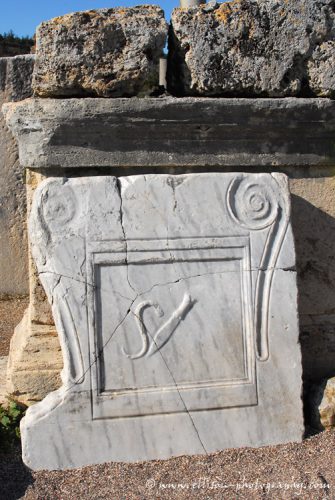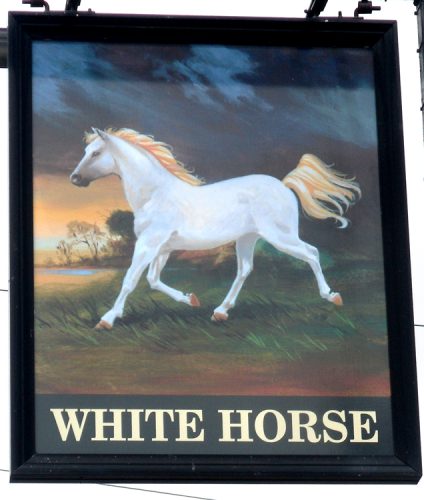Where It All Began – History of Signs
Signs are an essential element of trade and commerce and were first used to advertise enterprise in the world’s first major civilisations, Ancient Egypt and Ancient Rome. Of course, modern materials like vinyl were nowhere near
creation, so signs were usually carved from stone or terracotta. One of the most popular signs in Ancient Rome, that symbolised a tavern, was a bush of ivy and vine leaves, which is associated with the God of Wine. Most shops in the Roman Empire’s large cities had their own signage, something we know from preserved cities like that of Pompeii, which was covered in a thick layer of volcanic ash after the eruption of Vesuvius.

Interestingly, in England 1389 King Richard II forced all landlords to erect signs outside their properties. The Law declared that ‘whosoever shall brew ale in the town with intention of selling it must hang out a sign, otherwise he shall forfeit his ale. The purpose was to make it clear to inspectors where ale was being sold.
During this period this was vitally important as ale often acted as a replacement to drinking water, due to it being cleaner and safer to drink.
Later on, signs became more extravagant as competition in towns and cities increased, and the need to attract attention to business grew. Expensive methods like gold leafing were even being used to attract trade. Fierce competition pushed traders to increase the size of their advertisement, and this soon became a problem for the busy, narrow urban areas of Europe. To solve these laws were passed in both Paris and London in the 1700’s to force signs to be removed or fixed flat against a wall, for the safety of those passing underneath. The most popular type of sign during this period advertised inns, and they usually didn’t feature any words, as most people were illiterate during the period. Instead, pictures were used and often public houses would open with no formal written
name. Later on, names would be established from the illustrations that came before them. This is why today in England, old pubs have names like ‘The White Horse’ or ‘The Black Bull”, as these are just simple descriptions of the visual brands that were in place beforehand.

Nowadays, there is little end to the ways businesses can advertise their commerce with the rapid advances in technologies. Banners, billboards, street signs, sandwich boards, vehicle graphics and digital and electronic displays, amongst a host of other signs, are all ways companies now get themselves heard. It’s essential for all businesses to compete in this respect to stand out from the crowd.